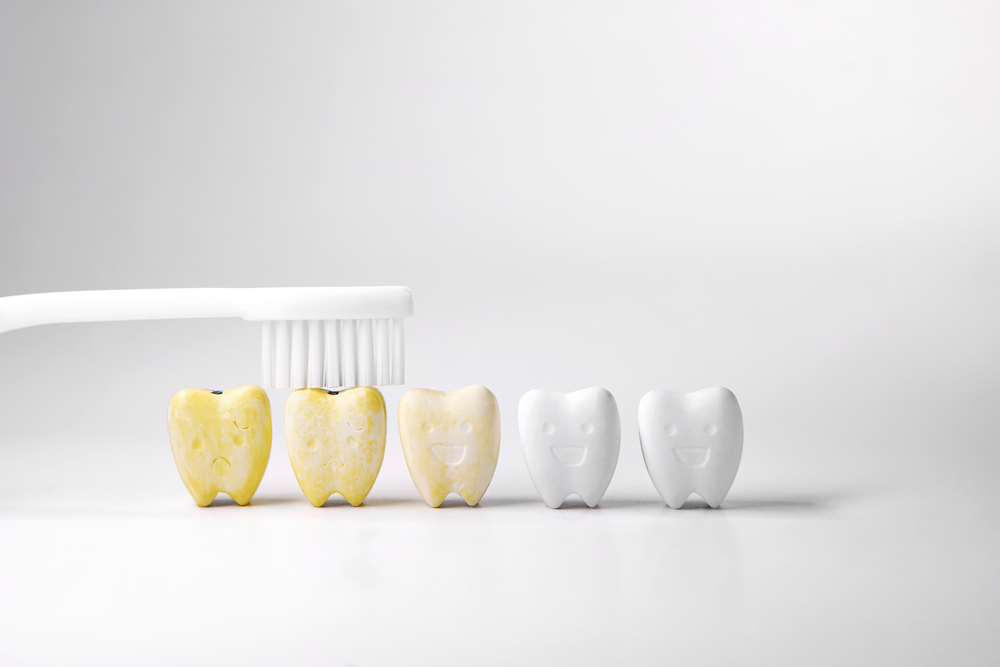What if that yellow stain on your tooth isn’t cosmetic at all, but the first warning sign of disease?
The Centers for Disease Control and Prevention reports that 3.7 billion people worldwide suffer from oral diseases, with tooth discoloration often the first warning sign. What looks like a stain can signal dental caries linked to heart disease, diabetes, and pregnancy risks.
In some cases, untreated caries can lead to life-threatening infections. The burden is heaviest on low-income groups with poor access to care. Experts stress that prevention is simple, relying on fluoride, healthier diets, and stronger public health policies.
According to the Cleveland Clinic, diseases such as liver disease, celiac disease, and certain metabolic disorders can cause teeth to turn yellow, gray, or brown. With dental aesthetics becoming a growing public concern, particularly among younger adults, the question isn’t just about whitening, but about what your teeth might actually be telling you about your health.
Allen Zhang, a dental technologist and founder of ProDENT, explains:
“Your teeth can reveal early warning signs if you know what to look for. Simple tools like dental intraoral cameras make it easier to spot color changes before they develop into serious problems. Checking your teeth regularly could save you from bigger health issues later.”
Here are the seven types of tooth discoloration that can indicate underlying health problems, according to experts.
1. Yellow teeth
Sometimes it’s not just coffee. Yellowing can point to liver disease, where excess bilirubin changes tooth color.
2. Gray teeth
A dull gray shade often signals a “dead tooth” from trauma. It’s also linked to systemic conditions like celiac disease.
3. Brown spots or streaks
Brown stains may be early warning signs of tooth decay. Severe fluorosis can also leave permanent brown streaks across enamel.
4. Blue-gray banding
Stripes of blue or gray can trace back to tetracycline antibiotics taken in childhood. These medications embed deep into developing teeth.
5. White patches
Chalky white spots aren’t just cosmetic; they may mark early decay. They can also signal enamel defects tied to celiac disease.
6. Black stains
Dark black discoloration can mean advanced decay or dead pulp tissue. In rare cases, it’s linked to heavy metal exposure.
7. Mottled enamel
Uneven, patchy discoloration may point to genetic disorders like amelogenesis imperfecta. These conditions weaken enamel and make teeth prone to damage.
Allen also added, “Your teeth can reveal what your body hasn’t told you yet. Spotting discoloration early with the right tools is one of the simplest ways to protect your long-term health.”
Explore more with Crave, your lifestyle magazine in the UK for food, wellbeing and travel inspiration.
